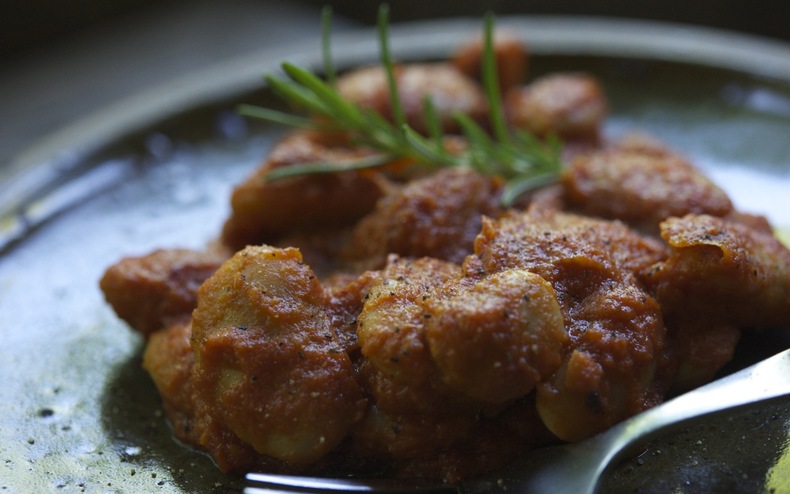A few months ago, yet another large and important study was released with irrefutable evidence that 30 percent of heart attacks, strokes and deaths from heart disease could be prevented if high-risk individuals switched to a Mediterranean diet rich in nuts, beans, fish, fruits, vegetables and olive oil. It's been established that low-fat diets simply can't achieve these results and this is good news for those of us who love olive oil in all its diverse splendor—from mellow gold to vivid green, from rich and buttery to bracing and peppery. Quite frankly, there are few foods it doesn't improve.
Although you might not think of it this way, olive oil is essentially a fresh fruit juice and thus is fairly fragile. It needs to be extracted in a process that doesn't involve nutrient-damaging heat ("cold pressed") and it has to be properly bottled and stored to protect it from air, light and extreme temperatures. Finally, it should be consumed fairly quickly, generally within a year or two of production. Without all of these protections, olive oil (and all high quality oils, really) can quickly turn rancid, developing an off taste that some people liken to crayons or old peanuts (I swear) and a greasy mouthfeel. (For more horifying facts, see this.) The sad truth is that the average American has grown accustomed to consuming rancid oils because that is what is predominantly available. Intrigued? Read all about it in Tom Mueller's excellent Extra Virginity: The Sublime and Scandalous World of Olive Oil. If you don't have time for that, just be sure the olive oil you buy has been produced and cared for with integrity.
Read More...
Twitter @glutton4life








